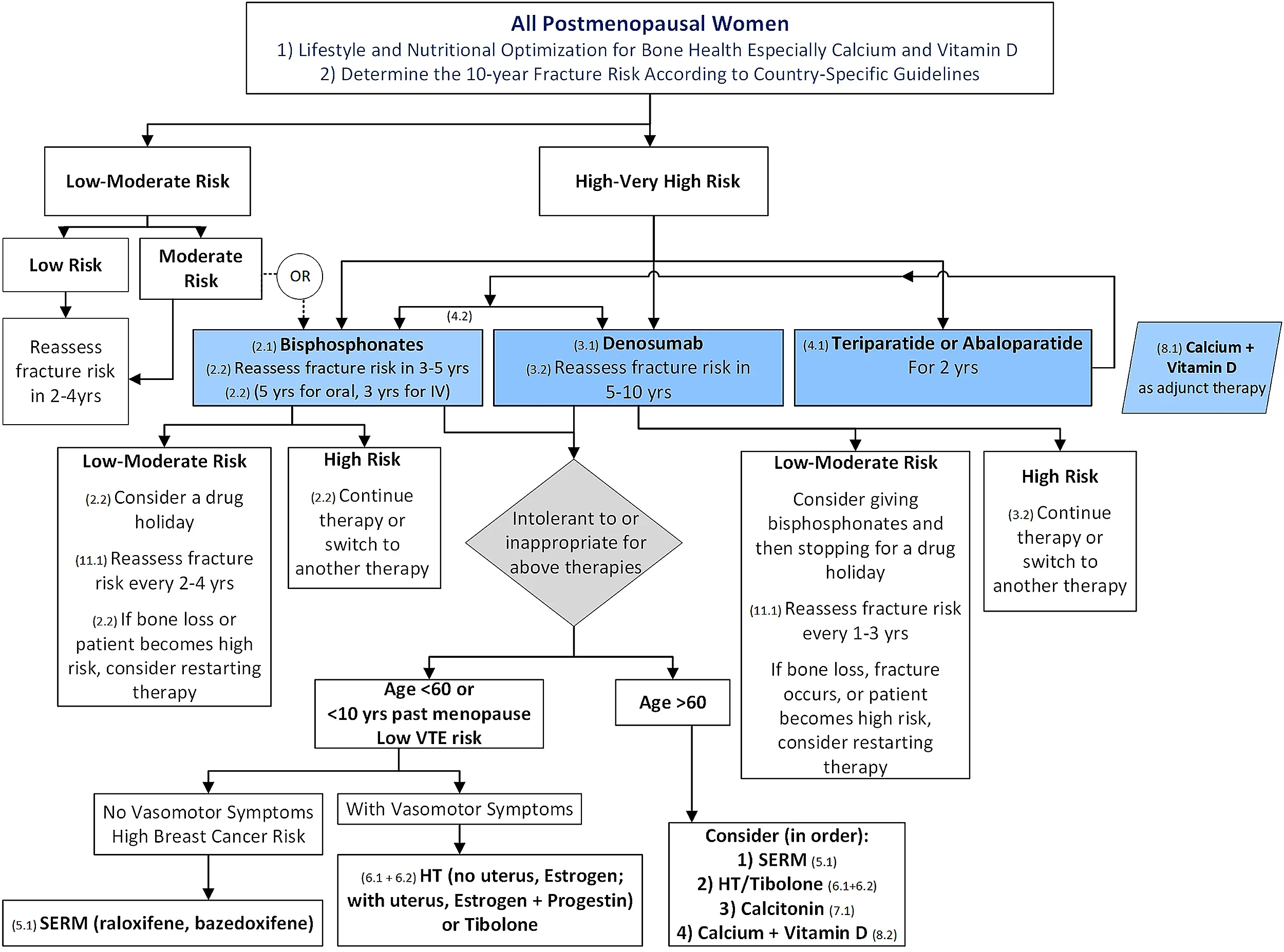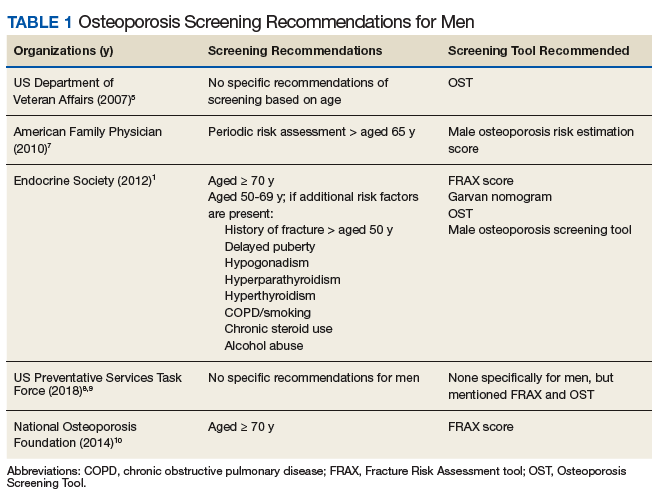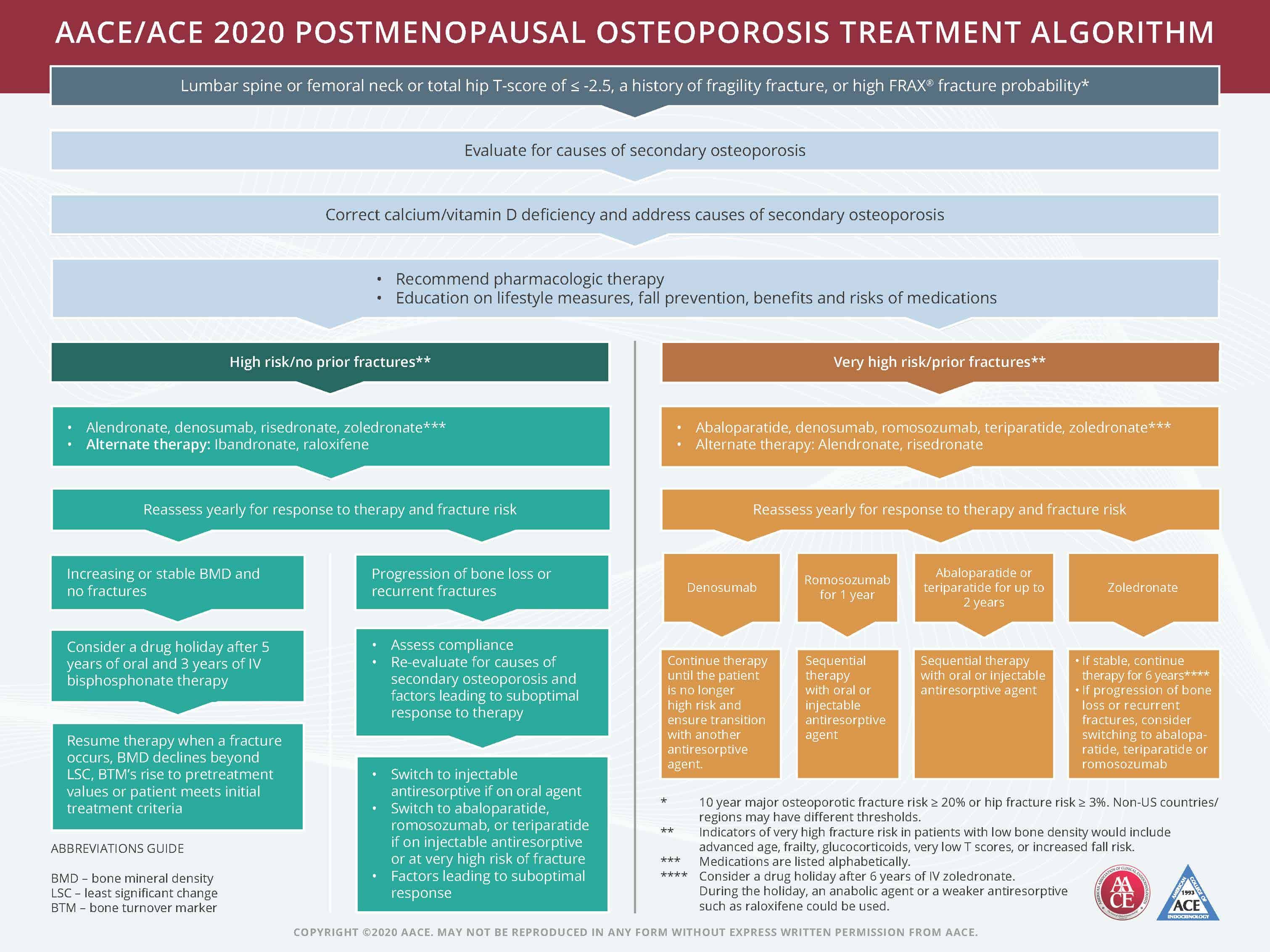Featured
Dexa Scan Guidelines 2019
This collection features AFP content on osteoporosis and related issues including calcium supplementation fracture prevention hip fracture radiologic bone assessment and vitamin D deficiency. Osteoporosis is a skeletal disorder characterized by loss of bone mass microarchitectural deterioration of bone tissue and decline in bone quality leading to increased bone fragility and risk of fractures.
 Diagnosis And Management Of Osteoporosis American Family Physician
Diagnosis And Management Of Osteoporosis American Family Physician
T-score of -10 or above normal bone density.

Dexa scan guidelines 2019. T-score of -25 or lower osteoporosis. Screening for osteoporosis is recommended for all women by age 65. Recommendations for worldwide application.
How often you should have your BMD measured depends on your age and results of your previous DEXA scan. More frequent testing is recommended for women in this age group with T-scores between. New osteoporosis management guidelines encourage drug treatment for postmenopausal women at high risk for fractures.
You can find out whether you have osteoporosis or if you should be concerned about your bones by getting a bone density test. The bones that are most commonly tested are in the spine hip and sometimes the forearm. Related Medicare Advantage Policy Guideline Ultrasound Diagnostic Procedures NCD 2205 Related Medicare Advantage Coverage Summary Bone Density StudiesBone Mass Measurements.
Dont use dual-energy X-ray absorptiometry DEXA screening for osteoporosis in women under age 65 or men under 70 with no risk factors. You may also hear it called a DEXA scan. However they also permit taking a break from the drugs after three to five.
Medicare Part B Medical Insurance covers this test once every 24 months or more often if medically necessary if you meet one of more of these conditions. The most recent osteoporosis guidelines based on the latest research and consensus among physician groups is that DEXA scan should start at age 65 for healthy women not at particular risk for osteoporosis. Women 65 years and older with normal bone mass or mild bone loss can have a test every 15 years.
A bone density test determines if you have osteoporosis a disorder characterized by bones that are more fragile and more likely to break. In women 65 years of age and older at baseline. A bone density scan uses low dose X-rays to see how dense or strong your bones are.
912 The World Health Organization defines osteoporosis as bone density at the hip or spine that is at least 25 SDs ie T score 25 below the mean bone density. Some guidelines also recommend screening men by age 70 especially if they have health issues likely to cause osteoporosis. DXA stands for dual energy x-ray absorptiometry.
T-score between -10 and -25 low bone density or osteopenia. Dual photon absorptiometry. Some people also call it a bone mass measurement test.
Enhancing the Quality of Musculoskeletal Health Assessments Treatments. Burden of Disease. DEXA Scan merely provides and an indication of a relative risk of fracture and does not exactly predict who would get a fracture.
Dexa Scan Guidelines. The measurements known as T-scores determine which category osteopenia osteoporosis or normal a person falls into see graphic. Bone density scans are often used to diagnose or assess your risk of osteoporosis a health condition that weakens bones and makes them more likely to break.
HQIClinical Practice Guidelines2020CompletedFinal Word DocumentsOsteoporosis CPGdocxx Page 4 of 7 Discuss eliminating any risk factors possible Lifestyle and Dietary changes as listed below should be encouraged for all Reasons For Dexa Scan Prior To The Recommended 2 Years. If initial bone density testing shows you have a T-score of -200 to -249 at any site or if you take medications. Major Changes as of April 2019 Following scheduled review the KP Washington Osteoporosis Guideline team determined that there were no outstanding evidence gaps and re-approved the guideline with only minor changes to content.
The KPWA guideline is in alignment with current KP National clinical guidance. NOF recommends a bone density test of the hip and spine by a central DXA machine to diagnose osteoporosis. DEXA has limited use in the case of patients suffering from spinal deformity or people who have undergone spinal surgery in the near past.
Osteopenia and bone density test. Some of the important guidelines regarding DEXA Scan include. Bone density bone mineral content study 1 or more sites.
Youre a woman whose doctor determines youre estrogen deficient and at risk for osteoporosis based on your medical history and other findings. In addition this CR updates language regarding deductible and coinsurance for code 77085 in Pub. In women 65 years of age and older at baseline screening with a T-score of -150 to -199 at any site and with no.
Thereafter women should undergo a DEXA scan every 2 to 5 years depending on their osteoporosis risk factors. The test uses X-rays to measure how many grams of calcium and other bone minerals are packed into a segment of bone. The main way to determine your bone density is to have a painless noninvasive test called dual-energy x-ray absorptiometry DXA that measures the mineral content of bone.
Code 77085 Dual-energy X-ray absorptiometry DXA bone density study 1 or more sites axial skeleton eg hips pelvis spine including vertebral fracture assesment. A new shared decision-making. For Practitioners Around the World.
As well as being quick and painless a bone density scan is more effective than normal X-rays in identifying. If you have a broken bone after a minor force injury such as a simple fall a bone density may be important to assess your risk of more fractures.

 Osteoporosis Target Treatment On The Basis Of Fracture Risk Implementing Guidelines Guidelines In Practice
Osteoporosis Target Treatment On The Basis Of Fracture Risk Implementing Guidelines Guidelines In Practice
 Osteoporosis Target Treatment On The Basis Of Fracture Risk Implementing Guidelines Guidelines In Practice
Osteoporosis Target Treatment On The Basis Of Fracture Risk Implementing Guidelines Guidelines In Practice
 Evaluating A Veterans Affairs Home Based Primary Care Population For Patients At High Risk Of Osteoporosis Federal Practitioner
Evaluating A Veterans Affairs Home Based Primary Care Population For Patients At High Risk Of Osteoporosis Federal Practitioner
 Diagnosis And Management Of Osteoporosis American Family Physician
Diagnosis And Management Of Osteoporosis American Family Physician
 Change From Baseline In Trunk Fat Tf On Dexa Scan And Visceral Download Table
Change From Baseline In Trunk Fat Tf On Dexa Scan And Visceral Download Table
 Nice Osteoporosis Guideline Nice Guideline Guidelines
Nice Osteoporosis Guideline Nice Guideline Guidelines
 Aace Releases 2020 Clinical Practice Guidelines For Postmenopausal Osteoporosis Physician S Weekly
Aace Releases 2020 Clinical Practice Guidelines For Postmenopausal Osteoporosis Physician S Weekly
 A Pragmatic Proposal For Triaging Dxa Testing During The Covid 19 Global Pandemic Springerlink
A Pragmatic Proposal For Triaging Dxa Testing During The Covid 19 Global Pandemic Springerlink
 Osteoporosis Screening And Diagnosis National Women S Health Network
Osteoporosis Screening And Diagnosis National Women S Health Network
 Bisphosphonates Addressing The Duration Conundrum Bpacnz
Bisphosphonates Addressing The Duration Conundrum Bpacnz
 Diagnosis And Management Of Osteoporosis American Family Physician
Diagnosis And Management Of Osteoporosis American Family Physician
 Diagnosis And Management Of Osteoporosis American Family Physician
Diagnosis And Management Of Osteoporosis American Family Physician
:max_bytes(150000):strip_icc()/190167_color-5bbbc28bc9e77c00585d93f9.png) Dexa Scan Uses Procedure Results
Dexa Scan Uses Procedure Results
Comments
Post a Comment